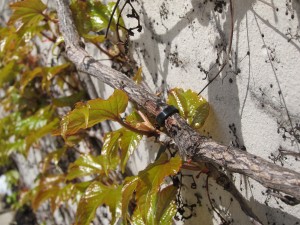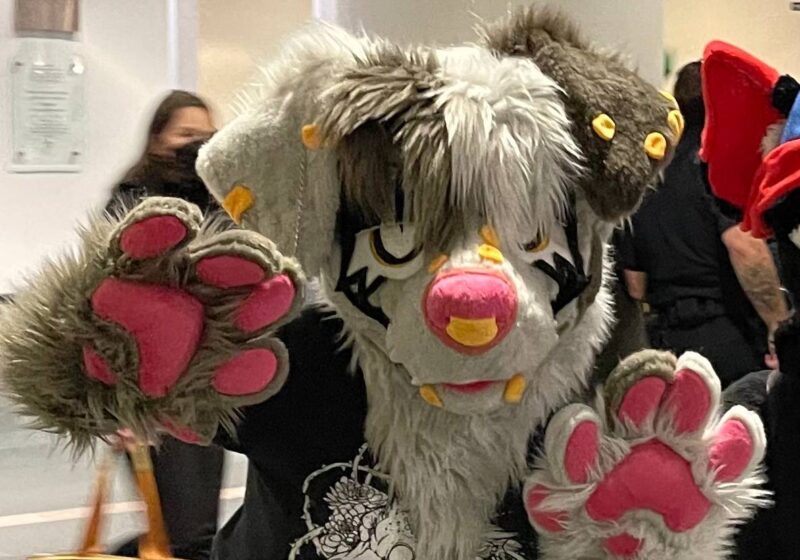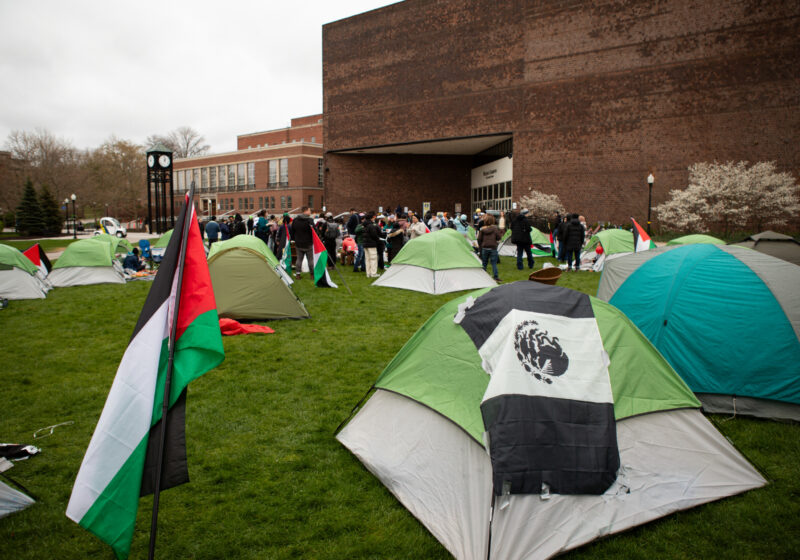
Cheryl Seligman, Features Editor
As the school year winds down, everyone becomes busy. Students cultivate their gardens of knowledge in preparation for final exams, professors water the seeds of their summer plans and the administration grows more ivy. That last one isn’t a metaphor. Haven’t you seen the ivy on this campus?
The term “ivy league” evokes images of beautiful brick buildings covered with glorious green ivy. Here at UR, we definitely have the nice brick buildings, but the ivy is far from a glorious green. It’s more of an old, ostentatious ochre.
I’ll concede that you do see the occasional delicate leaf, but most of the buildings on the Eastman Quadrangle are covered in what can only be described as large jungle vines. Massive brown trunk-like jungle vines.
I’ve seen gardeners mowing lawns. I’ve seen people lay down new swatches of grass. I’ve heard weed-whackers working at 7 a.m., but I’ve never seen someone trim any of that ivy.
“We’ve been working on this ivy for the better part of the last five years,” an administrator who asked to remain anonymous out of embarrassment said. “We were also surprised to find out that the status of ‘Ivy League’ institution has little to do with the amount of ivy on a campus. It actually has nothing to do with the plant at all,” he continued with a rather unsettling, nervous chuckle.
Back in 2007, UR was named a “New Ivy” by Kaplan/Newsweek. This term “New Ivy” has quickly morphed into a less desirable “Near Ivy” and the University has apparently been trying to grow its way into “Actual Ivy.”
Bill Johnson, a long time maintenance man at UR, takes pride in his work and wishes the University would listen to his expert opinion.
“They have us keep everything really neat here — the bushes, grass and trees — so it all looks really professional, you know? But that awful ivy. We never trim that. They tell us not to,” he explained. “My brother works at Cornell University and I’m telling you, they trim theirs. I’ve been telling the admissions people at UR for years that it looks sloppy, but they insist we let it go.”
The administrator responded to Johnson’s comment.
“It’s not about sloppiness. It’s about the next level. If we want to be an Ivy, we have to at least look the part,” he said. “I don’t care what they say. We aren’t ‘Near Ivy’ — we’re going to be ‘All Ivy.’”
While ivy is no indication of academic ability, neither is no ivy. According to the National Center for Educational Statistics, about 4 million students enroll as undergraduate freshmen each year, only 14,000 of whom get the so-called good stuff: a spot in an Ivy League freshman class. UR is doing everything in its power to attract the runoff. The University has even started importing ivy for the admissions office to use specifically on Open House days.
With the school year coming to a close, prospective students are planning their spring visits and fall applications while the admissions office is covering the campus in ivy, desperately trying to make the Harvard, Yale and Cornell rejects feel right at home.
Too bad the Ivy League schools trim their ivy.
Esce is a member of the class of 2015.


